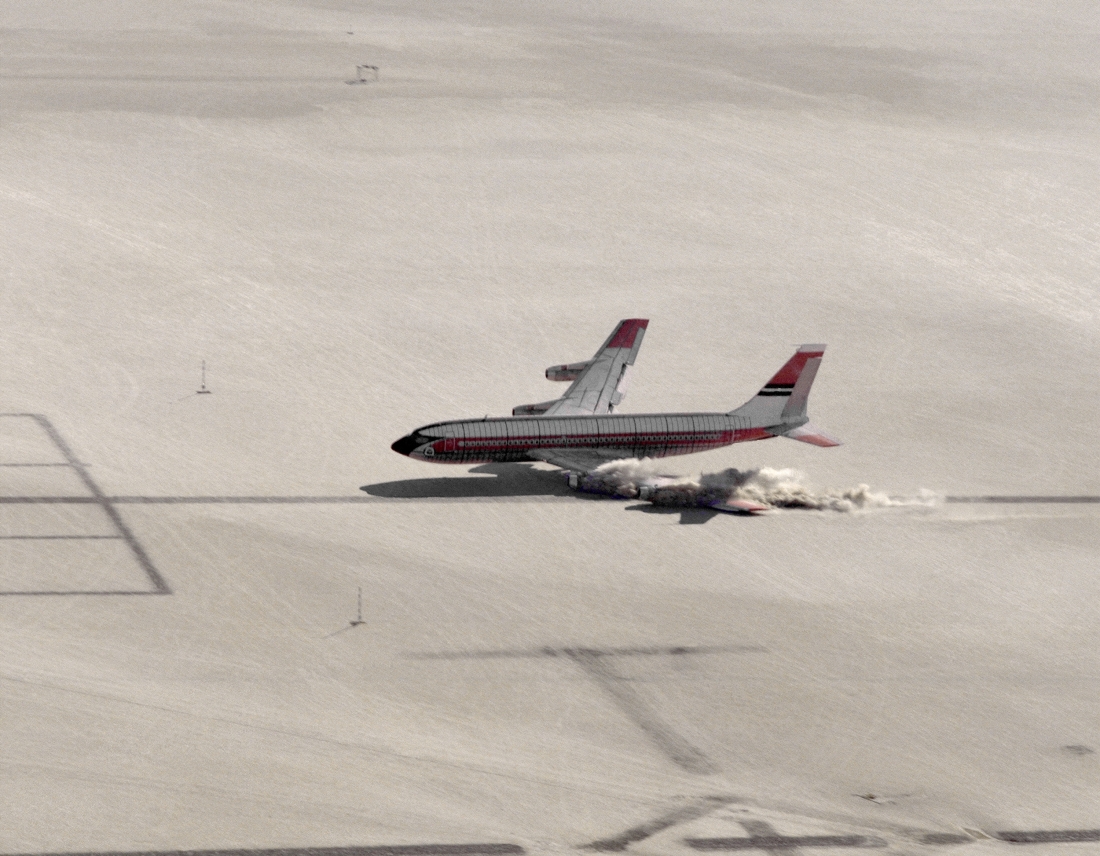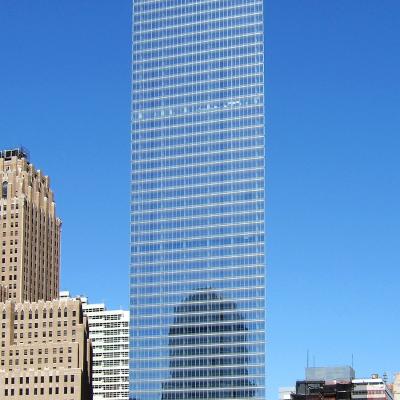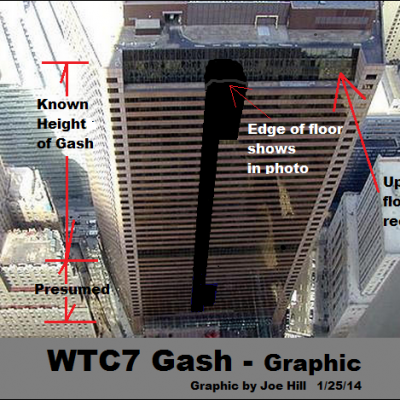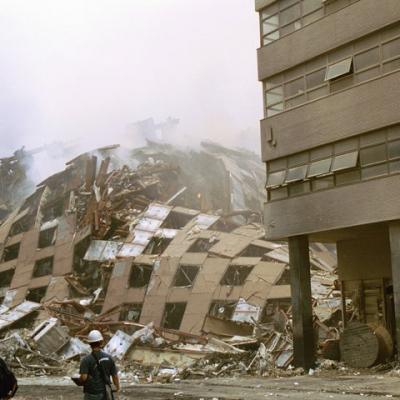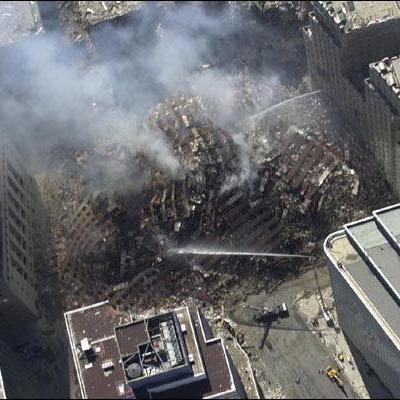The additive FM-9, a high molecular-weight long-chain polymer, when blended with Jet-A fuel had demonstrated the capability to inhibit ignition and flame propagation of the released fuel in simulated impact tests.
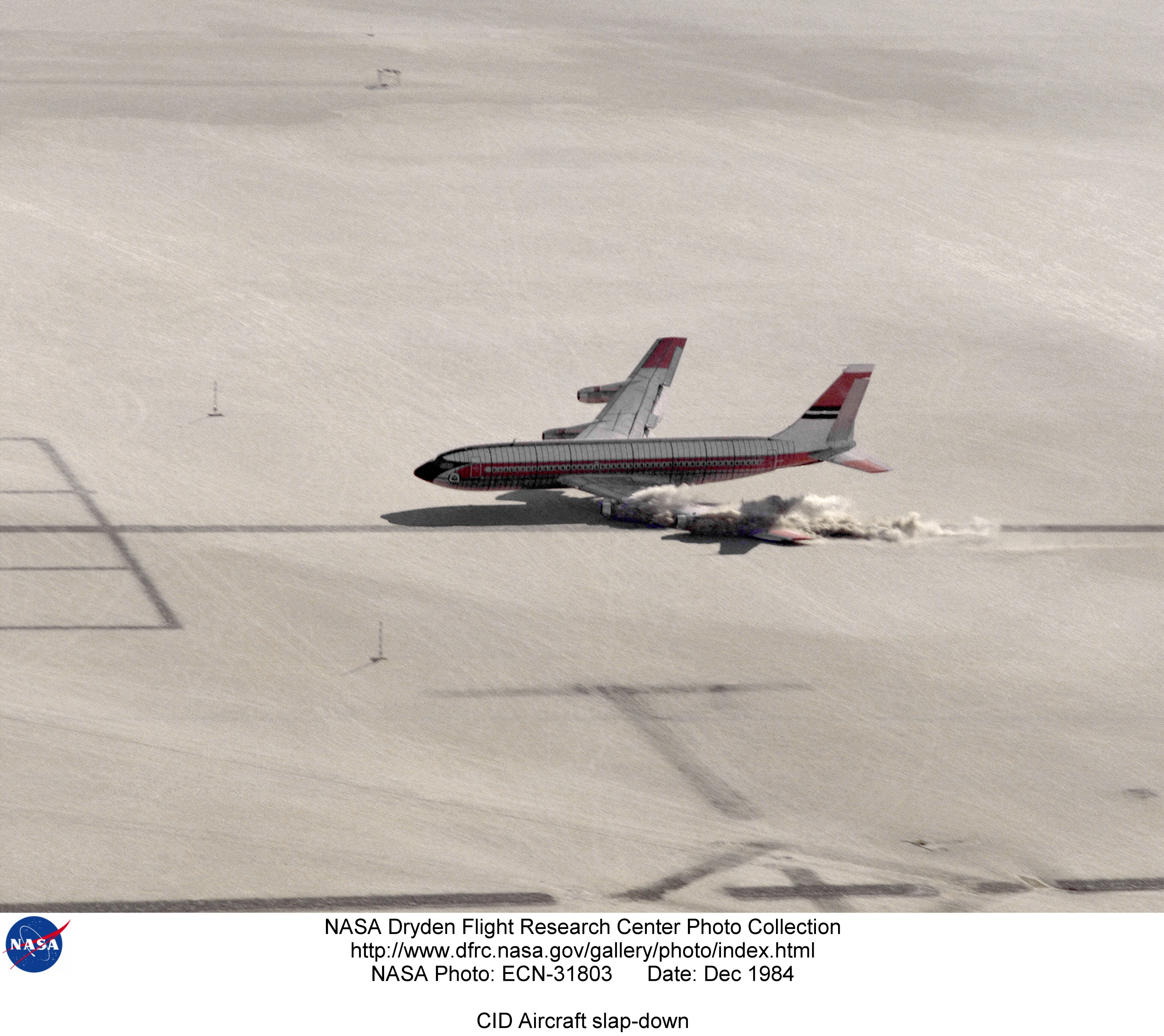 |
 |
The 14 flights had 9 takeoffs, 13 landings, and around 69 approaches, to about 150 feet above the prepared crash site, under remote control. These flights were used to introduce AMK one step at a time into some of the fuel tanks and engines while monitoring the performance of the engines. On the final flight (No. 15) with no crew, all fuel tanks were filled with a total of 76,000 pounds of AMK and all engines ran from start-up to impact (the flight time was 9 minutes) on the modified Jet-A.
The CID impact was spectacular with a large fireball enveloping and burning the B-720 aircraft. From the standpoint of AMK, the test was a major setback, but for NASA Langley, the data collected on crashworthiness was deemed successful and just as important.

